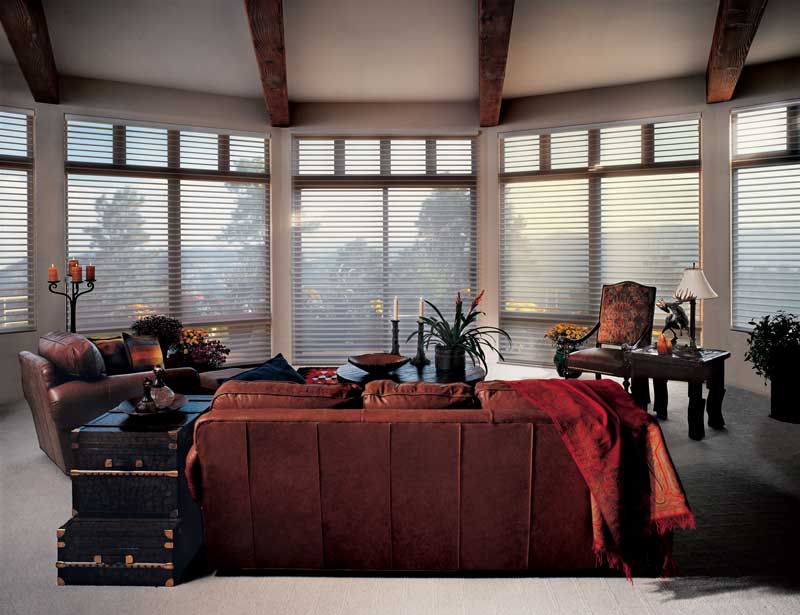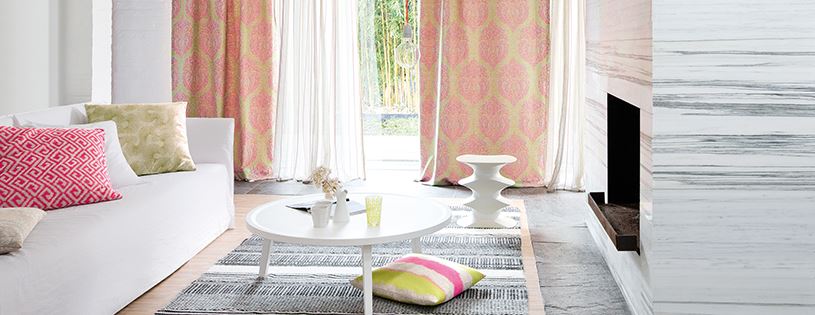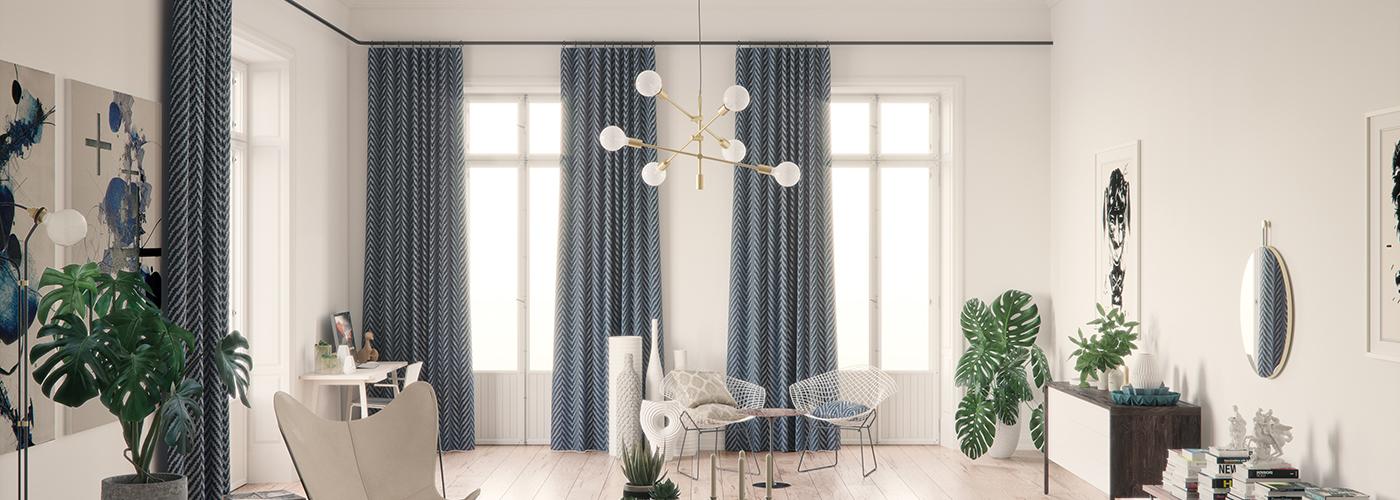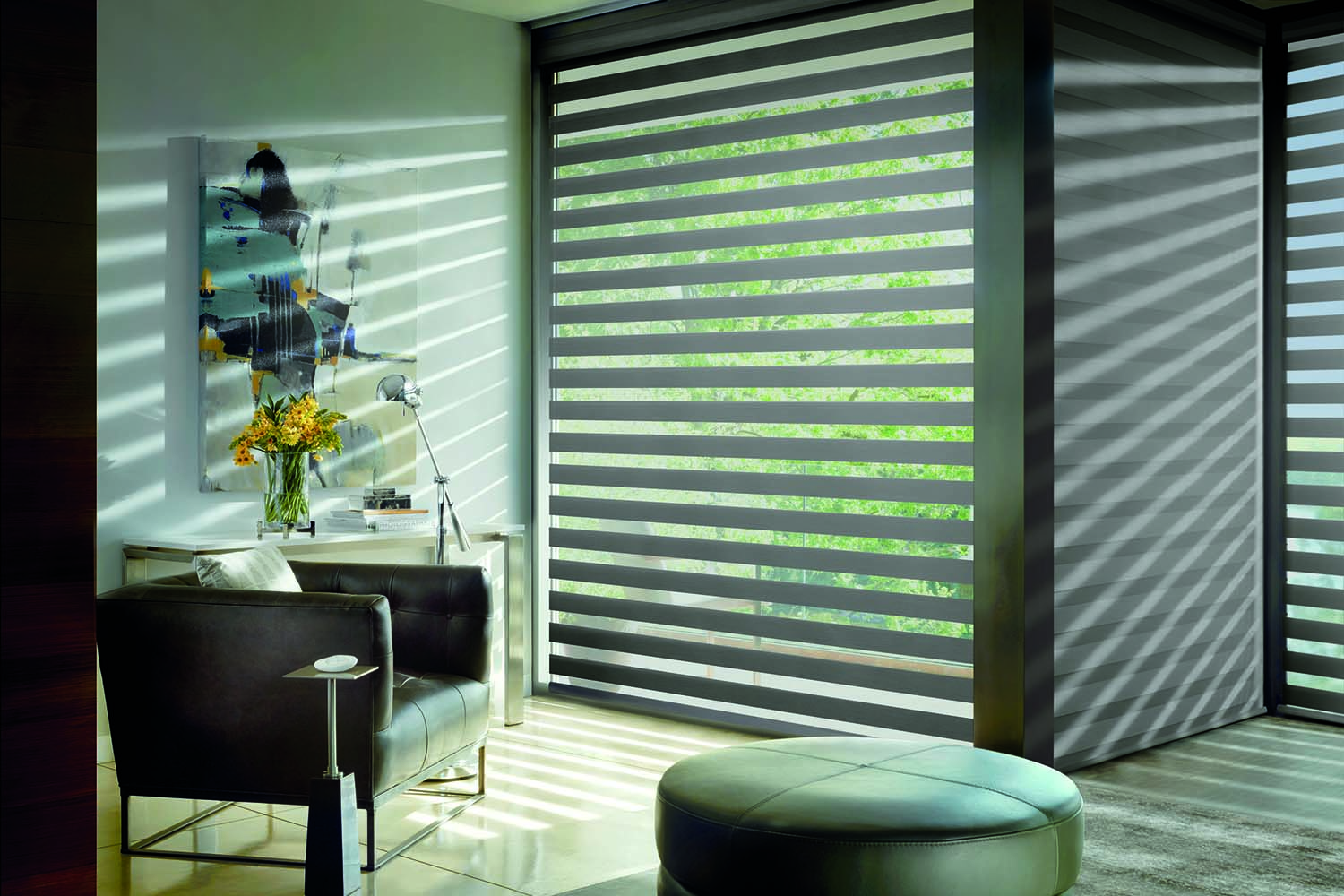In focusing on our homes, we often think about our comfort and style in the decisions we make. We are learning that environmental sustainability is also a consideration, so how can we bring together these criteria together? According to Statistics Canada, 40.9% of the greenhouse gas emissions created in our country come from our built environment from both the goods and services we purchase and the energy we consume.
In our work, we visit many homes, and we see a variety of concerns, which are mainly centered on light control. Whenever appropriate, we recommend window coverings that not only solve light control issues, but also insulate rooms from the cold of winter, and the increasing summer temperatures. Our comfort is key, we want our homes to look and feel good, while reducing the operating costs. It is possible to use window coverings to reduce the electricity and natural gas used for home heating and cooling.
We want to reduce our environmental footprint and costs, but how do begin to think about an appropriate action plan?
We first need to understand the limitations of glass for insulating. Multi-pane window glass is constantly improving, which increases its “R Value”, but glazing is still where most heat is lost or gained. We must understand how the heat enters and leaves our homes and design a solution that embodies aesthetics and insulation. The varying temperature between room and the glass can result in convection that may feel like an air leak from our windows. In fact, it is the mixing of warm and colder air. We want window coverings that allow a small amount of this mixing of air to reduce condensation which is common particularly with older style windows.
To achieve this, we recommend drapes or honeycomb blinds. Custom drapes can be lined with a variety of linings that have specific functions dependent on the requirements. Some honeycomb shades are available with a top-down, bottom-up function as well as dual fabric with a top sheer layer for light filtering and room darkening honeycomb insulting fabric on the bottom.
Asking the right questions will aid you when making selections with your window-covering professional to find the best solution for your issue. You can then be confident that you will achieve reduced energy costs, increased comfort, and are contributing to the health of our planet.
Linda Masarsky






